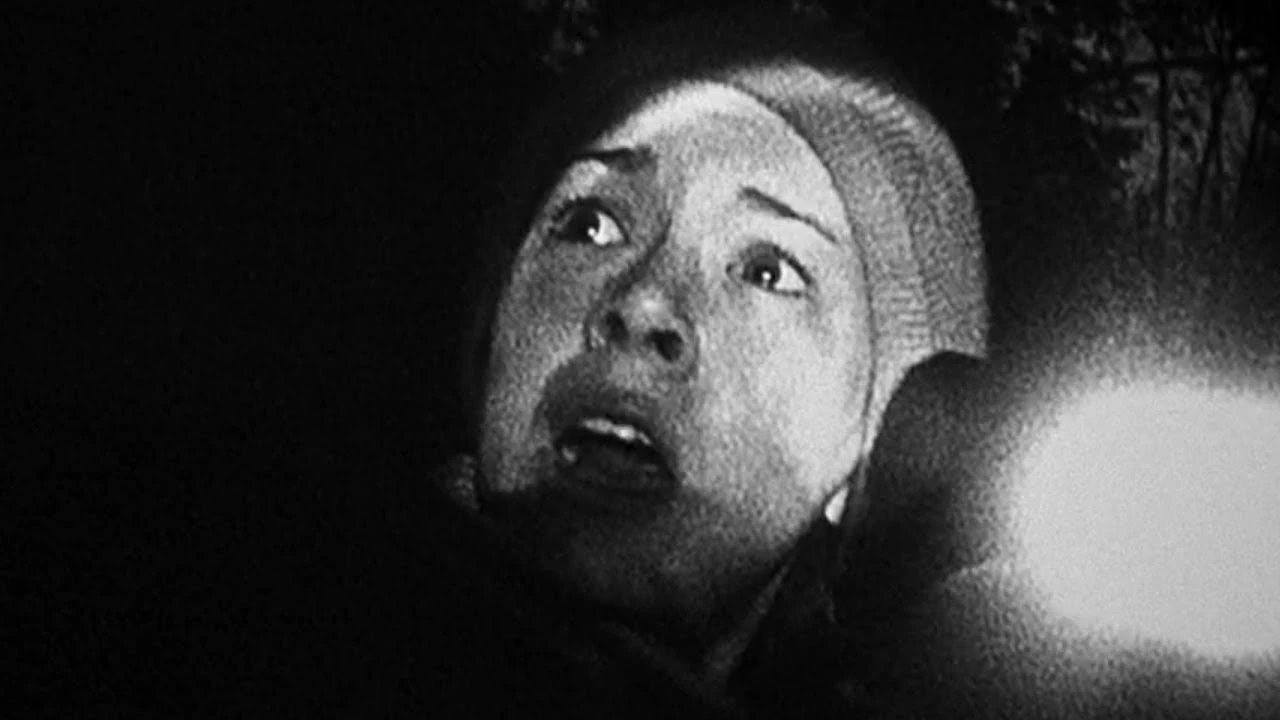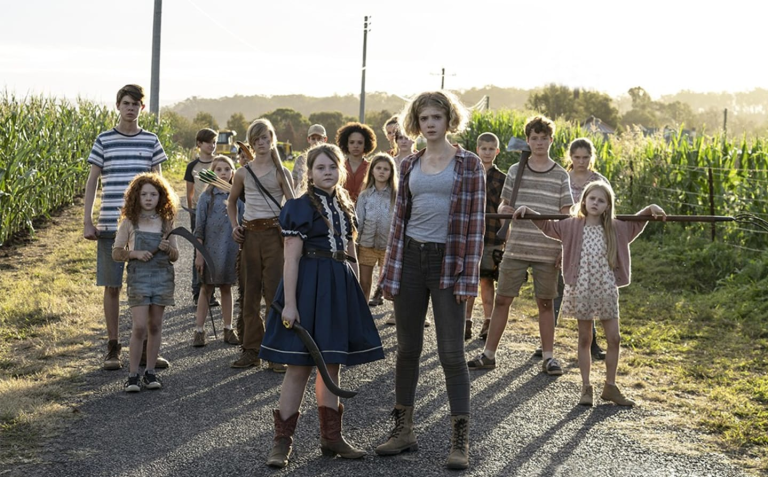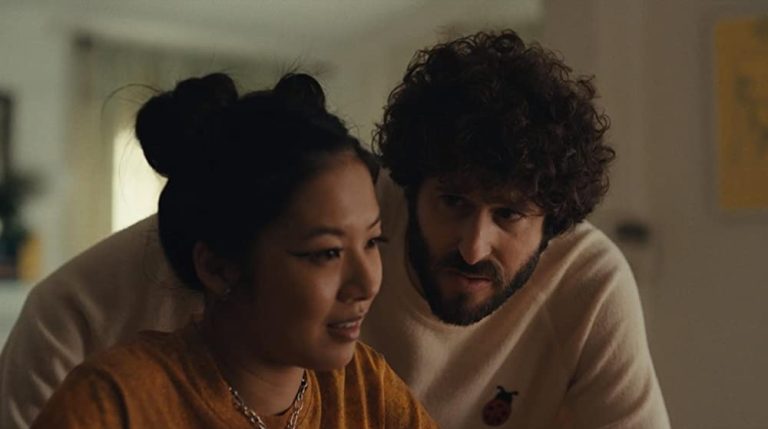As Kate Miller’s (Angie Dickinson) guilt turns into trepidation after encountering the stranger at the elevator’s entrance in “Dressed to Kill” (Brian De Palma, 1980), the background score converts from a pensive longing to a soul-tearing screech. We’re alerted to a horrid possibility even before the stranger’s razor has risen or Kate’s wailing and pleas fall on our ears.
Apart from the musical cues, this tragedy has already been foreboded to us by Brian De Palma, who gives us a glimpse of the shadowy figure stalking Kate at least twice before in this tense sequence. These prompts are effective signals that keep the viewers on the edge of their seats, reimposing the dread they would’ve anticipated after coming across its grim title and promotions onto an atypical slasher start: it is a story of marital discord and extramarital agony till Kate’s tragic run-in.
This murder sequence from “Dressed to Kill,” a movie considered by many as a homage to Alfred Hitchcock’s “Psycho” and termed by Roger Ebert as “an exercise in style, not narrative,” is iconic not for its innovative styling but for employment and successful execution of existing horror/thriller tropes. De Palma’s “Dressed to Kill” is a famous example, but these cues are present throughout the conventional horror genre. In fact, such is their prevalence that one would imagine it is impossible to instill anxiety and fright into an audience without using them.
One of the most successful exceptions to this rule is “The Blair Witch Project,” a movie that came out 25 years back and became the gold standard for Found Footage horror. An effort to document the legends around Burkittsville, Maryland, becomes a grim direct cinema observatory after the three protagonists [Heather, Josh, and Mike] get lost and are assailed by supernatural, malevolent forces in the forest. The ‘based on real events’ aspect gains credence through raw footage interspersed with abrupt cuts leading the narrative and improvised dialogues conveying habitual day-to-day occurrences.
Within this realm of realism, “The Blair Witch Project” trumps the need for musical cues or jump scares to actualize horror, taking instead an interactive route where the audience is forced to come to terms with their helplessness in the face of an impending catastrophe [a disclaimer at the start states that this footage belongs to the filmmakers who went missing in 1994]. By keeping their eyes and ears glued to the action to take any clues on offer to piece together the mystery, it scrapes off the viewer’s make-believe composure, tapping into their unconscious biases and belief systems as they pick apart the film.
For instance, amidst the cacophony of day-to-day conversation populating the film, such as one centered around convenience food items the group wishes to consume while they’re stuck in the wilderness or a throwaway discussion on Gilligan’s Island, I couldn’t get my mind off the sequence where Heather jokes about the weird patterns on Mike’s chest. As soon as the sporadic tufts of hair hit the screen, we hear an off-screen remark, perhaps from Josh, proclaiming, “It’s like a symbol.”
As this was my third viewing of the film, this immediately reminded me of the ‘tree hangings’ that effectively kicked off their haunting. From that moment onwards, I took a special interest in Mike’s activities and noted some peculiarity in his actions, such as the fact that he throws away Heather’s map, which essentially leaves the group stranded and directionless, or the fact that he’s the one to suggest taking shifts the night before Josh goes missing.
Because of the way the film ends, my theory didn’t deem Mike to be directly responsible for what happened to Josh or Heather, but it seems like he was “cursed” in some way, meant to lead the group off the tracks. However, when I went to the internet to find a backing for my ‘conspiracy’ theory, while a few explanations agreed with my understanding [the chest hair resembling the tree hangings], several others came up with widely differing conclusions. But this quest helped me unpack a basic selling point behind “The Blair Witch Project.”

Coming across the multitude of propositions, ranging from human foul play to even a time warp, I realized how the film had come to be owned by the fans over the years. “The Blair Witch Project” then feels like a campfire urban legend brought to life on the big screen. The shaky, often unclear camcorder display is thus an excellent vehicle to export this harrowing tale of “What happened to those poor kids?” for it retains the flaws and generalizations of human memory as much as it seeks to remain within the bounds of conventional film-making.
It is a marriage between a concise narrative and interactive art, with almost a video game [Amnesia and Outlast sit on a similar plane] like quality, where the audience is at once a receptor of a gloomy tragedy while also an investigator, forced to look at every nook and corner for an answer. This could be the outhouse witnessed en route to the camping site, which might make the viewers pause and wonder if it’s the same cabin where the two hunters, mentioned moments earlier, were killed. Or the strange noises heard late at night, which might get them to increase the volume on their televisions or laptops to ascertain if the sounds heard in the film are from the same source that Heather or Mike judge them to be.
Unlike the jump scare variant of fear creation, all too popular in conventional cinema, this purported to be real-life documentation of haunting has a terror that crawls into your psyche, sitting closer to disturbing real-life horrors explored in other formats like Truman Capote’s true crime trendsetter “In Cold Blood.” Ultimately, “The Blair Witch Project” is exactly like the supposed ‘Blair Witch’ documentary within the movie. It collects a lot of stock footage, shot in a stylized way, to create an expectation of fear, and then feeds that by giving or denying you bits of information, thus succeeding in making a truism of the famous Hitchcockian parable, “There is no terror in the bang, only in the anticipation of it.”
This faux [making of] documentary imbibes the essence of any impactful real-life documentary: it picks you apart with the exact same vigor that you seek to do to it.




![The Vast of Night [2020] Review: A Gripping Indie Sci-Fi Thriller That Wins on Multiple Levels](https://79468c92.delivery.rocketcdn.me/wp-content/uploads/2021/05/The-Vast-of-Night-768x432.jpg)

